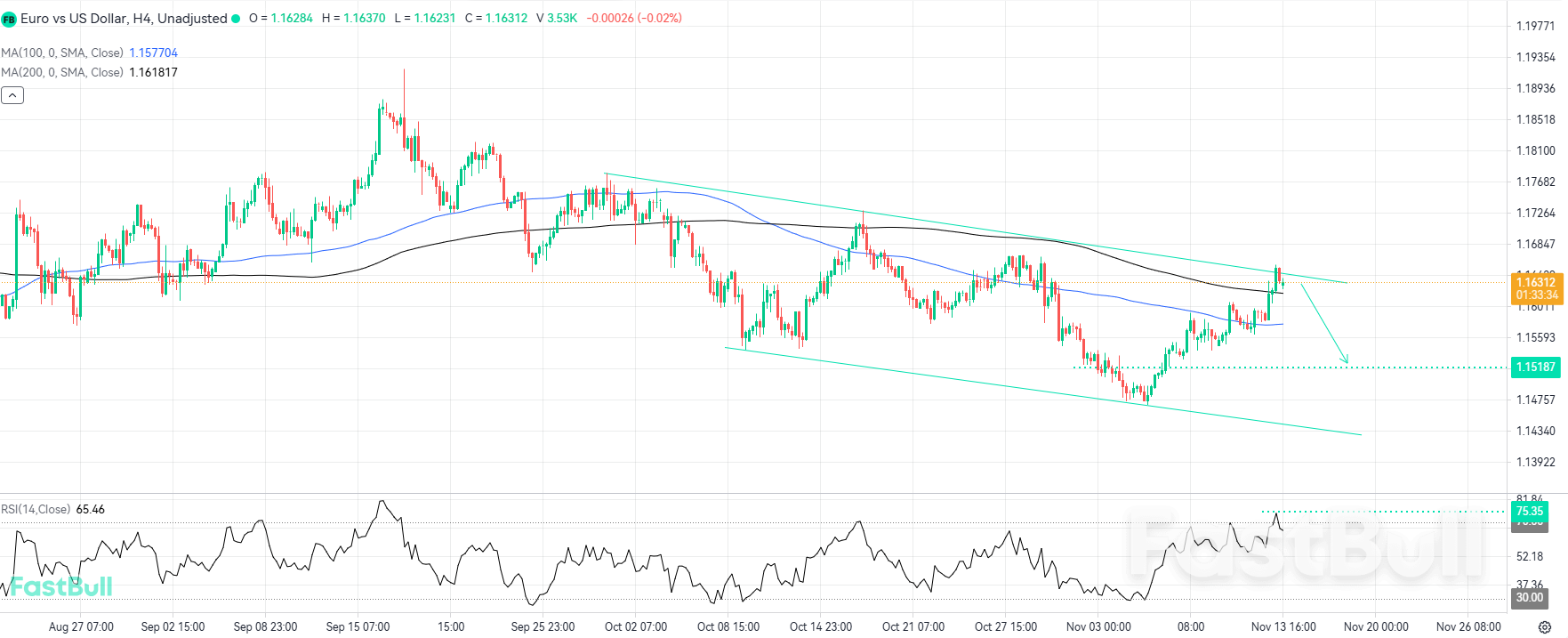Industrial sector activity within the Eurozone showed a modest expansion in September following a contraction in August, according to the latest data released by Eurostat on Wednesday.
Specifically, industrial production across the Euro-area increased by 0.2% month-over-month (MoM) in September. This figure was a notable disappointment, falling short of the market's forecast for a 0.7% surge. For August, the data was also revised lower, showing a steeper decline of 1.1% from the initial reading of 1.2%. On an annual basis, Eurozone industrial production grew by 1.2% over the same period, slightly up from the previous 1.1%, but still substantially lower than the consensus estimate of 2.1%.
In a separate communication, the European Central Bank (ECB) Economic Bulletin reiterated its view that the Eurozone’s growth outlook remains subdued. The bulletin highlighted that domestic demand is holding up reasonably well, supported by an improvement in real incomes. However, it noted that manufacturing and exports continue to face significant pressure due to persistent global weakness and the lingering impact of trade tensions. The ECB also emphasized its expectation for wage growth to soften gradually, while inflation indicators remain close to the 2% target, stressing that future policy decisions will remain data-dependent.
Meanwhile, in the United States, the House of Representatives approved a temporary funding bill late Wednesday by a vote of 222-209. This measure restores government operations until January 30, 2026, with some key departments fully funded through September 2026. Despite this short-term solution, fears of another government shutdown remain a concern as the next deadline approaches in early February 2026.
Federal Reserve officials offered mixed signals regarding the policy trajectory. Minneapolis Fed President Neel Kashkari acknowledged seeing diverse data from the economy but stressed that inflation remains unacceptably high, "around 3%." Conversely, San Francisco Fed President Mary Daly adopted a more cautious tone, stating, "it is premature to say definitively that there will not be a cut or definitely that there will be a cut" in December. She underscored that the Fed's dual mandate is currently in balance but pointed to a discernible deterioration in the labor market.
Further data from the U.S. labor market paints a complex, yet generally softer, picture. Last week's ADP Employment Change report indicated that private payrolls increased by 42,000 in October, surpassing the 25,000 forecast and offsetting September's 29,000 decline. However, the Challenger Job Cuts report presented a darker scenario, revealing that U.S. employers announced 153,074 job cuts in October—the highest monthly total since 2003. This was slightly mitigated by data showing the U.S. shed an average of 11,250 private-sector jobs in the four weeks ending October 25th, a slight improvement from the 14,250 loss recorded in the prior month.

Technical Analysis
The EUR/USD pair has recently undergone a sharp, aggressive ascent, driving the price toward the upper boundary of its established bearish channel. This rapid movement has pushed the Relative Strength Index (RSI) to the 75 level, indicating the pair has entered a state of being clearly overbought. Upon touching this channel resistance, the price has shown an immediate bearish reaction, suggesting that a significant downward correction from this level is highly probable. Furthermore, a crucial element for a potential reversal is the presence of a bearish divergence on the RSI; the recent price peak is associated with a much higher RSI reading compared to previous price highs, signaling that buying momentum is overextended and sellers may soon regain control.
Turning to key moving averages (MAs) on the 4-hour chart, the 100-period MA is positioned at 1.1577 and the 200-period MA at 1.1618. Should the price quickly fall back and breach the 200-period MA, it would serve as strong confirmation of an accelerated bearish trend. Conversely, a definitive and powerful break above the bearish channel trendline would invalidate the current bearish setup, potentially opening the door for a new sustained upward impulse.
Trading Recommendations
Trading direction: Sell
Entry price: 1.1630
Target price: 1.1518
Stop loss: 1.1710
Validity: Nov 25, 2025 15:00:00













